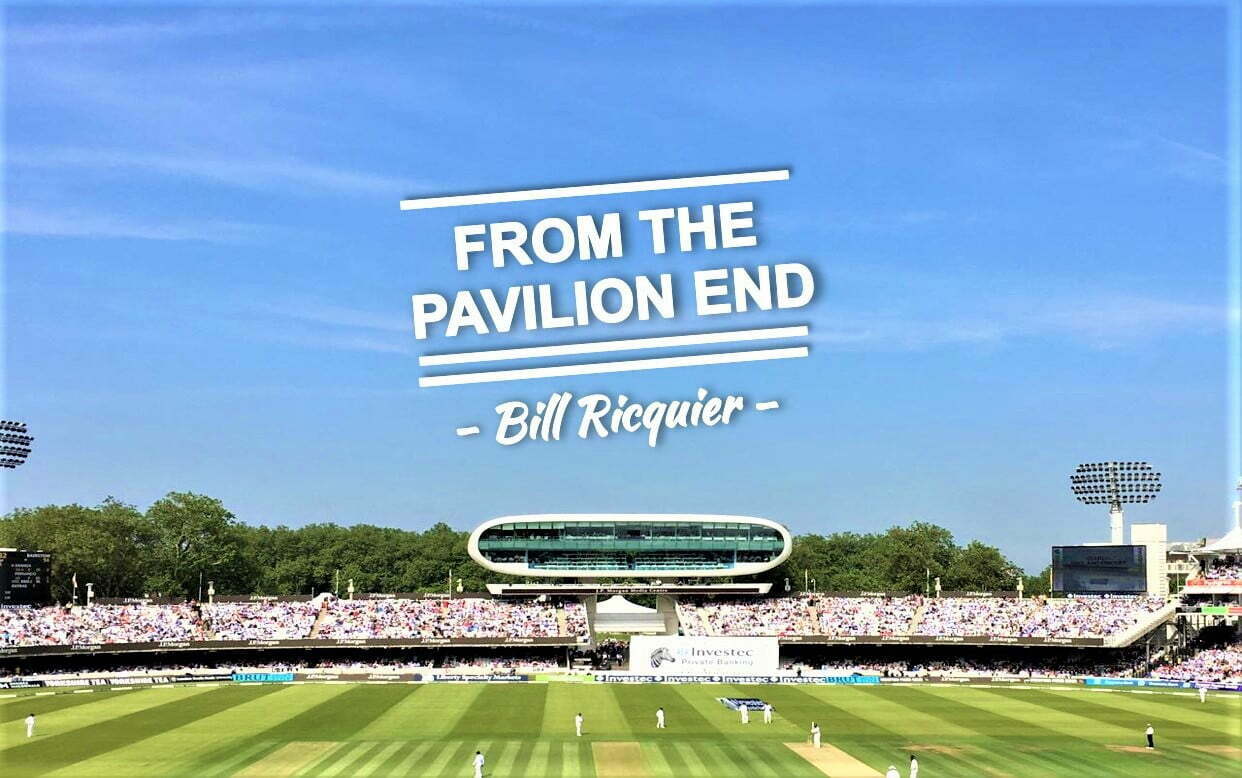Batting first wicket down is the most demanding job for batsmen in Test cricket.
Opening batsmen know what to expect. Often when an innings is coming to an end near the close of play, commentators will say that the openers are getting anxious that they might have to face a few overs before stumps are drawn. Nobody worries about number three.
But he might be in after the first ball is bowled.. On the other hand , he might not. David Boon, Australia’s number three in the fifth ( but , alas for England, not the last) Ashes Test of 1989, at Trent Bridge , sat in the dressing room all day with his pads on , while Geoff Marsh and Mark Taylor compiled 301. Boon eventually got his chance on the second morning, and made 73.
Boon was the ideal, almost the archetypal , number three. But he got there almost by default. He started as a middle order batsman and struggled. Then he moved up to open and prospered. He was part of the Steve Waugh / Ian Healey generation that rebuilt Australian cricket under Allan Border. When Taylor emerged as an opener Boon slipped down to number three and did even better than before.
That is quite unusual. On the whole openers open, and don’t do anything else. They don’t like to wait. The toughest characters can handle opening and first wicket down, like Boon. John Edrich spent most of his twelve year Test career opening for England. But on two Ashes tours he stepped down to number three and was very successful.
Number three is pivotal. In your dream team it’s Vivian Richards , who played some of his greatest innings there: even he, though , moved down to accommodate , first, Larry Gomes, and then Richie Richardson. Peter May was another classic number three, technically flawless and with the temperament to defend grittily or to dominate when the occasion demanded.
Rahul Dravid and Ricky Ponting were the great number threes of the recently passed era. Cheteshwar Pujara and Kane Williamson are carrying the torch for the current generation. These are serious batsmen.
Don Bradman only played eighty Test innings. Of these all but twenty four were at number three. In his first five Tests he was lower. After that, he would occasionally step down to accommodate, say, Bill Brown , who was really an opener. Once only he decreed a tactical demotion. In the third Ashes Test of 1936-37 – England were two-nil up – Australia made 200 in the first innings . The weather intervened and made the Melbourne track an Aussie ” sticky dog”. Bradman reversed the batting order and sent the tail-enders in first. He joined regular opener Jack Fingleton when the score was 97 for five. They put on 346. Australia won by 365 runs, and went on to win the series.
But Bradman, to be fair, is a case apart.
Sri Lanka have been well served by their number threes. Asanka Gurusinha was very competent. And Kumar Sangakkara was one of the very best. But now he has gone and Sri Lanka have to replace him.
The latest solution to this problem position is Kuslal Perera. Perera is the sort of cricketer one hopes will succeed. He has spirit and character. He was unjustly banned from Test cricket for having, allegedly taken a banned substance. The ICC have admitted that he was innocent. I watched his first match back, the third Test between England and Sri Lanka at Lord’s in June 2016. He made a gutsy and aggressive 42 , coming in at number seven.
He was clearly not the right choice for number three at Port Elizabeth, in the first Test against South Africa . He was attacking from the word go and although as the ever shrewd Russel Arnold said of the ball that dismissed him in the first innings, it was a ball that deserved to be hit, in a sense that is not the point. As a top order batsman , you have to give yourself a chance. You have to assess the bowling. You have a lot of time in Test cricket, it’s not like T20.
It would, of course, be wrong to blame Perera for Sri Lanka’s loss of that first Test. But their dismal first innings was a significant factor and his dismissal helped set the tone for that.
There were certainly positive aspects for Sri Lanka, notably Suranga Lakmal’s bowling on the first day, and most of the batsmen, Perera apart, got a start in the second innings. The worst part of the game, from the Sri Lankan perspective, was South Africa’s second innings, when very little pressure was put on the batsmen and Angelo Mathews seemed simply to be waiting for Faf du Plessis to declare.
Do. Sri Lanka have an alternative number three? It’s not easy too say. Kusal Mendis, on whom such hopes are placed, has played there in his short Test career but presumably his and the management’s preference is that he plays at number four.
Everyone seems impressed by Dhananjaya de Silva , who looks very accomplished , and put in consistent performances against Australia and Zimbabwe. But there is probably a feeling that it would not be right to push him up the order just yet.
One possibility might be to put the more experienced Dinesh Chandimal at number three and give the gloves to Perera.
To be honest, it’s not likely to make much difference. With almost no break , the two sides reconvene at Kingsmead in Cape Town where South Africa have previously inflicted two crushing defeats on Sri Lanka. The Third Test is at The Wanderers in Johannesberg where South Africa are always hard to beat.
Angelo Mathews and his men are going to have a very difficult couple of weeks.
Bill Ricquier, 1/1/2017




